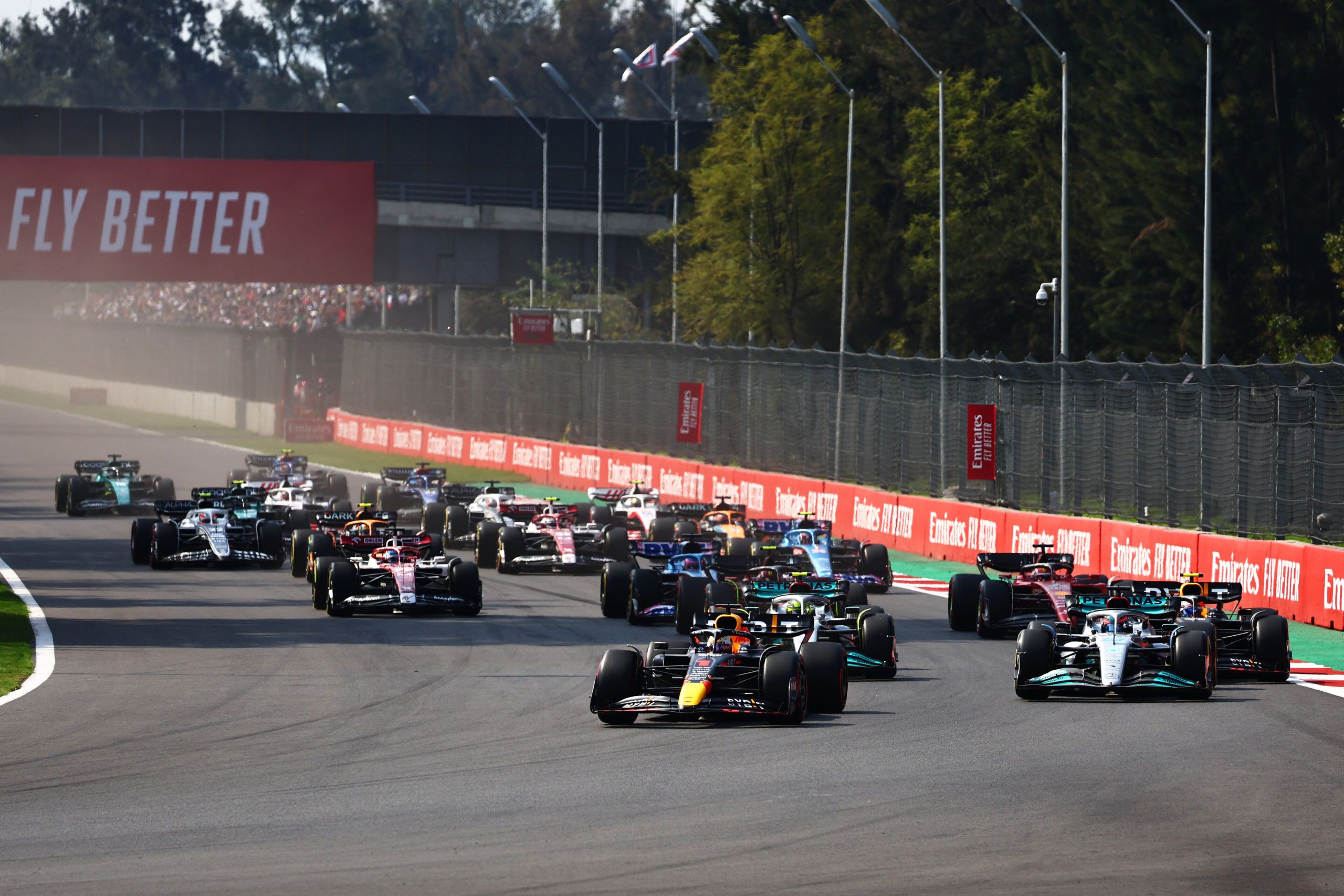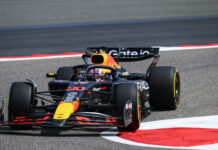F1 sees growth in revenue – even though the adjusted amount dipped – in Q3 of 2022 when compared to 2021 as per Liberty Media.
After a decent Q2 report of F1 2022 when compared to the same period in 2021, Liberty Media sees another step up in Q3. The positive step in the finances was helped by increased fan attendance in races and operation of regular Paddock Club this year.
Both the periods in 2021 and 2022 saw seven races apiece in this period but the Q3 period saw a positive F1 revenue of 158 million dollars after Adjusted OBIDA, which was a drop of 18 million from last season in the same period last year.
The total revenue of F1 before the Adjusted OBIDA saw an increase from 668 million dollars in 2021 to 715 million dollars in 2022. The primary revenue also saw a jump from 612 million dollars to 624 million dollars.
At the same time, the other revenue as per Liberty Media stood at 91 million dollars in 2022 to 56 million dollars in 2021 – a massive jump of 63%. In terms of team payments, they shelled out 9% more at 370 million dollars in 2022 than 338 in 2021.
The operating income for Liberty Media saw a minor jump from 80 million dollars in 2021 to 82 in 2022 – crucially both in the positive direction. In addition, they incurred 14 million dollars of corporate level selling, general and administrative expense (including stock-based compensation expense).
“Formula 1 is delivering in 2022 across all areas including financial results, engagement with fans and action on the track. We look forward to a strong finish to the season with drivers and teams battling on the track,” said Stefano Domenicali.
“We were excited to announce our record-setting 24 race calendar for 2023 which includes the much-anticipated Las Vegas Grand Prix. We also announced significant multi-year broadcast renewals to extend our relationships at attractive rates with ESPN in the US and in 3 key European markets with Sky.”
Here’s the full explanation from Liberty Media regarding their growth in terms of finance in Q3 of F1 2022:
“There were seven races held in the third quarters of both 2022 and 2021. There are 22 events scheduled for the 2022 race calendar. Throughout 2021 and particularly in the first half of the season, attendance at races was limited due to the pandemic. Restrictions on fan attendance reduced as 2021 progressed, with all races in the second half of the year operating at either full capacity or with fewer restrictions. The Paddock Club resumed normal operations beginning with the Austrian Grand Prix on July 4, 2021. F1’s results in 2022 are not being impacted by capacity limitations, and throughout the first nine months of the 2022 season F1 has seen strong growth in attendance in the grandstands and the Paddock Club.
“Primary F1 revenue increased in the third quarter with growth across media rights and sponsorship, partially offset by a decline in race promotion revenue. Race promotion revenue decreased due to lower fees generated from the different mix of events held, with one additional race held outside of Europe in the prior year period. Media rights increased due to growth in F1 TV subscription revenue and increased fees under new and renewed contractual agreements, and sponsorship revenue increased due to the recognition of revenue from new sponsors.
“Other F1 revenue increased in the third quarter primarily due to higher hospitality revenue generated from the Paddock Club, which operated at one additional race in the third quarter of 2022 compared to the prior year period and has seen record attendance year-to-date. Operating income was flat and adjusted OIBDA decreased in the third quarter. Cost of F1 revenue increased compared to the prior year due to the pro rata recognition of increased team payments.
“Other cost of F1 revenue is largely variable in nature and mostly relates to revenue opportunities. These costs increased in the third quarter driven by the costs of higher hospitality attendance in the Paddock Club and one additional Paddock Club event operated compared to the prior year period. In addition, other cost of F1 revenue grew due to higher commissions and partner servicing costs associated with the Primary F1 revenue streams and higher Formula 2 and Formula 3 related costs. Selling, general and administrative expense increased in the third quarter due to higher personnel and IT costs and increased legal and other advisory fees.”
Here’s how the finances looked at the end of last year



















